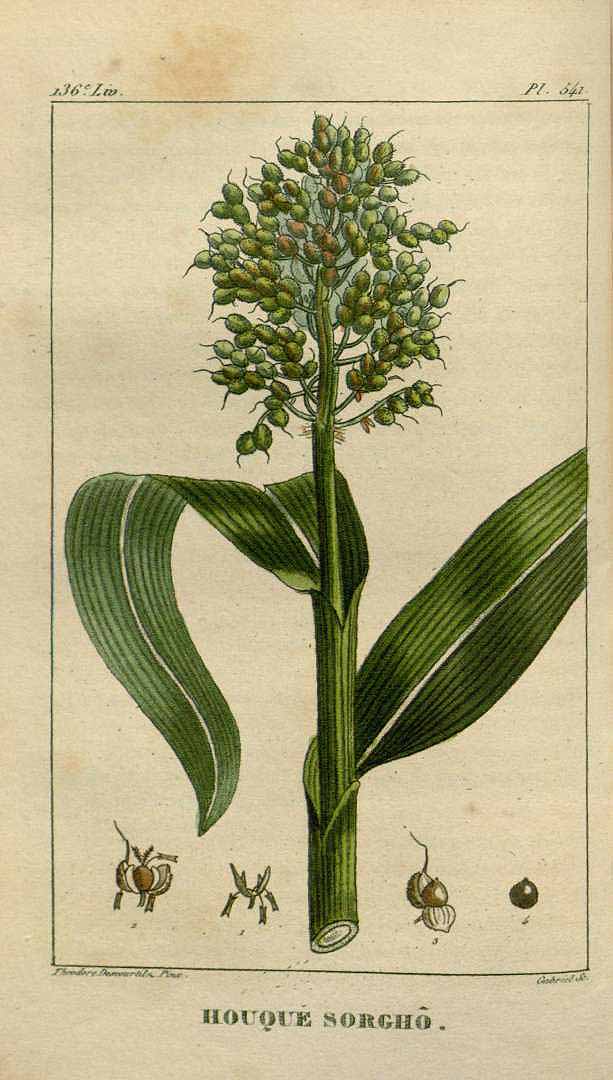Sorghum bicolor
From Wikipedia ...
Sorghum bicolor, commonly called sorghum and also known as great millet, durra, jowari, or milo, is a grass species cultivated for its grain, which is used for food for humans, animal feed, and ethanol production. Sorghum originated in Africa, and is now cultivated widely in tropical and subtropical regions.[4] Sorghum is the world's fifth-most important cereal crop after rice, wheat, maize, and barley. S. bicolor is typically an annual, but some cultivars are perennial. It grows in clumps that may reach over 4 m high. The grain is small, ranging from 2 to 4 mm in diameter. Sweet sorghums are sorghum cultivars that are primarily grown for foliage, syrup production, and ethanol; they are taller than those grown for grain. Sorghum bicolor is the cultivated species of sorghum; its wild relatives make up the botanical genus Sorghum.
Data
We used Sorghum_bicolor.Sorghum_bicolor_NCBIv3.38.gff3 and Sorghum_bicolor.Sorghum_bicolor_NCBIv3.dna.toplevel.fa from ensembl as the reference genome. The Isoseq data downloaded from NCBI were under project ERP014564. We used TAPIS pipeline to process these raw data.
Summary
From Iso-Seq data, we found 35,785 transcripts, 745 novel genes and 28,353 Alternative Splicing events.
Reference
- https://en.wikipedia.org/wiki/Sorghum_bicolor
- http://plants.ensembl.org/Sorghum_bicolor/Info/Index

Alternative Splicing Gene Statistics
| Type | ExonS | AltD | AltA | IntronR | Other | AltP |
|---|---|---|---|---|---|---|
| Gene Number | 1,154 | 1,131 | 1,619 | 5,093 | 839 | 1,143 |